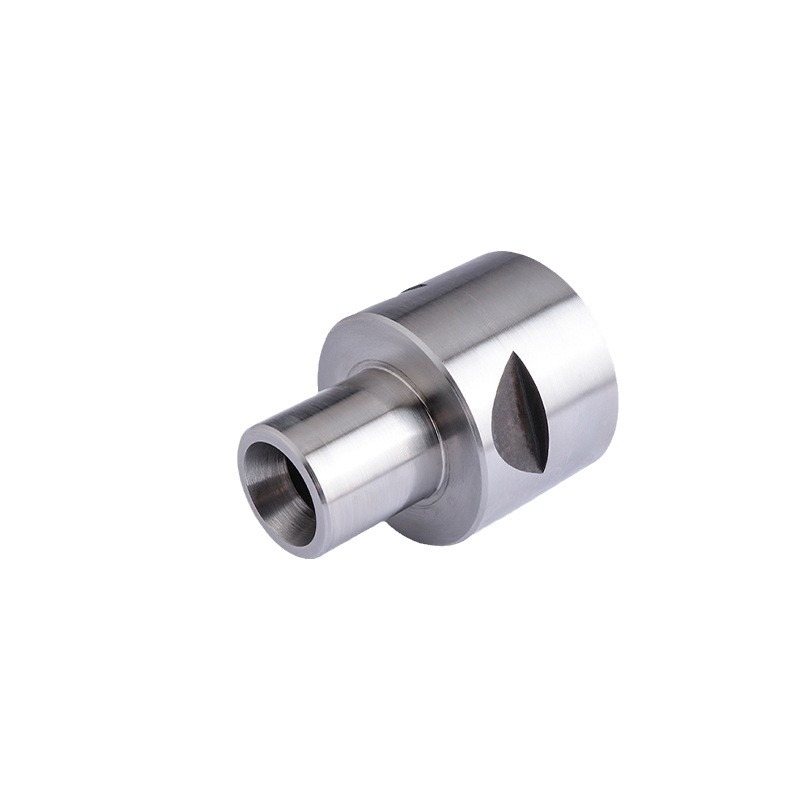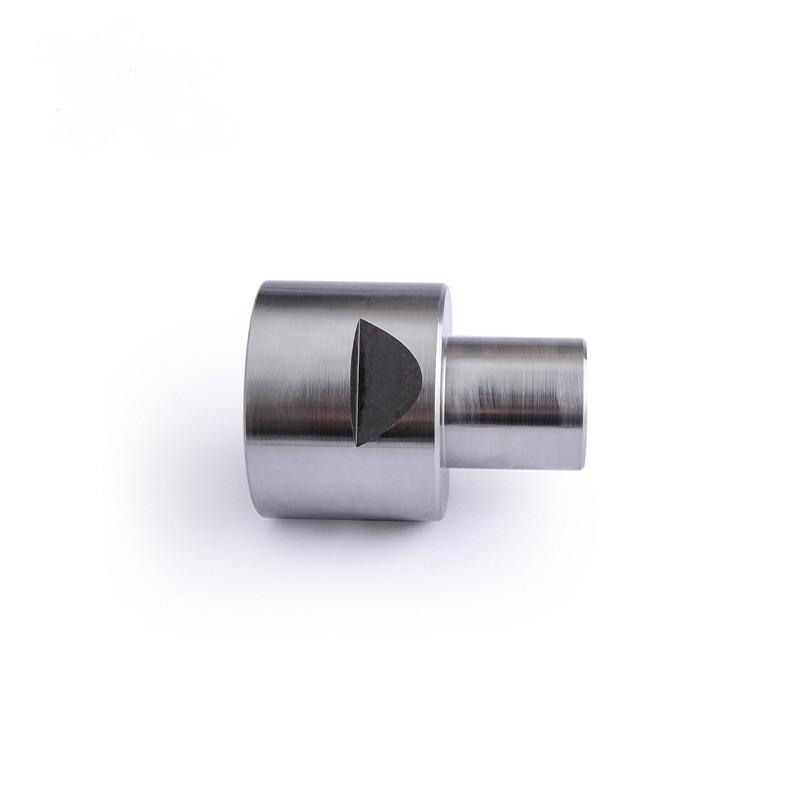Company NewsCurrent location : Home > News > Company News
- Time:2024/06/21 Posted:Dongguan Jierui Hardware Technology Co., Ltd


Common Types of Non-Standard Screws
- Special Thread Screws: These screws have a non-standard thread pitch or profile, designed for specific applications such as high-vibration environments or for use with unique materials.
- Custom Head Screws: Featuring non-standard head shapes or sizes, these screws are tailored to fit particular assembly requirements or aesthetic preferences.
- Non-Standard Length Screws: These are screws with lengths that exceed or fall short of standard dimensions, used where space constraints or structural needs dictate.
- Material-Specific Screws: Made from non-traditional materials like stainless steel, brass, or plastic, these screws are chosen for their specific properties, such as corrosion resistance or reduced weight.
- Drive-Variant Screws: These screws have unique drive types or require specialized tools for installation, offering security against unauthorized tampering.
Factors Influencing Non-Standard Fasteners Price
- Material Cost: The type of material used significantly impacts the cost, with exotic or high-strength materials commanding a premium.
- Manufacturing Complexity: Complex designs or intricate manufacturing processes increase production costs.
- Minimum Order Quantities: Suppliers often require minimum order quantities to justify the setup and production costs associated with non-standard items.
- Customization Level: Higher levels of customization can lead to increased pricing due to the need for specialized tooling and design work.
How to Buy Non-Standard Nuts and Screws
- Identify Requirements: Clearly define the specifications, including material, dimensions, thread type, and any special requirements.
- Research Suppliers: Look for suppliers with a track record in producing non-standard fasteners, as evidenced by their product listings and customer reviews.
- Request Quotes: Obtain quotes from multiple suppliers to compare prices and lead times.
- Evaluate Quality: Consider the supplier's quality control processes and request samples if possible.
- Place Orders: Once a supplier is selected, place an order with the understanding of the lead time and any minimum order quantity requirements.
Conclusion:
